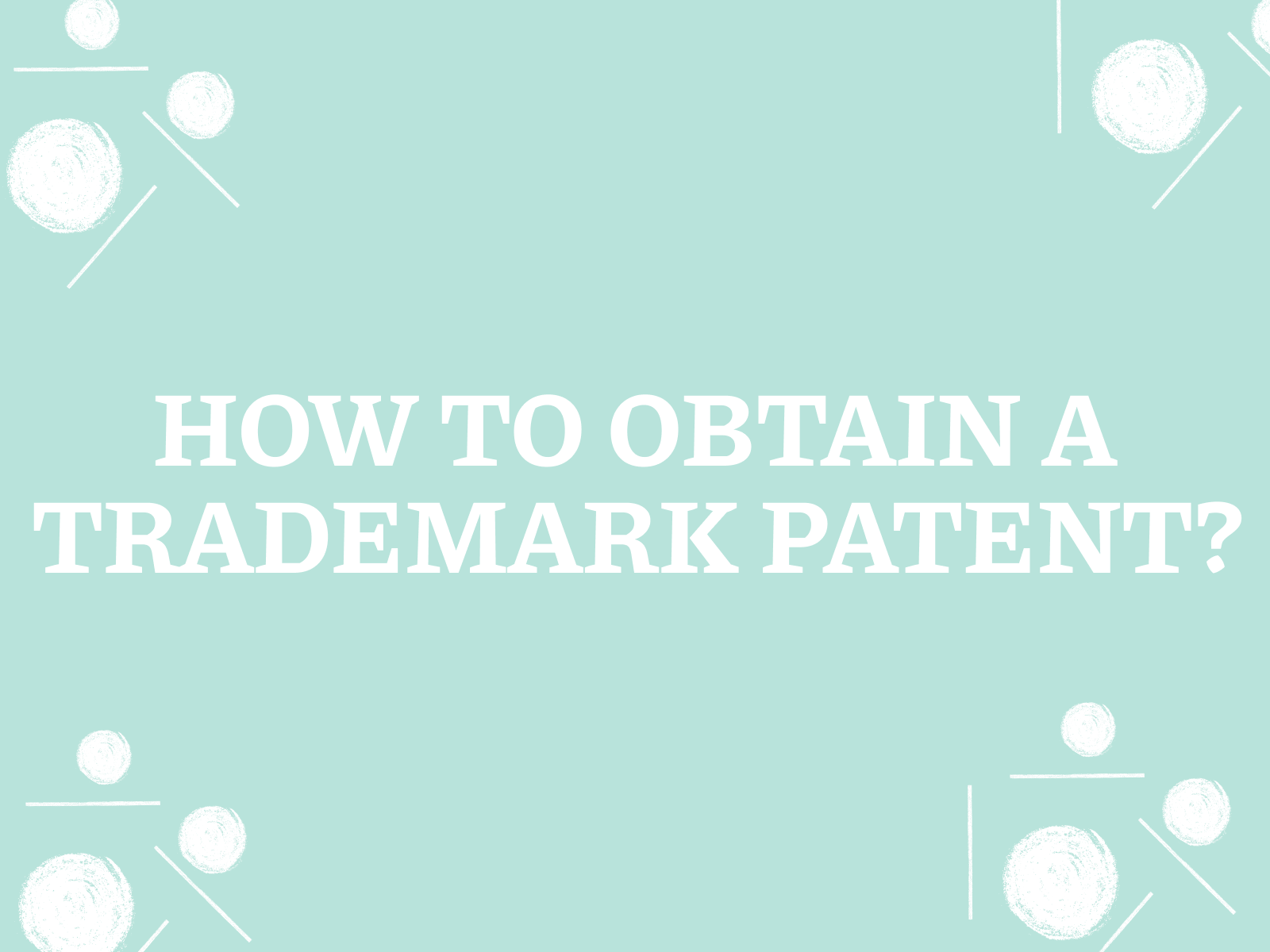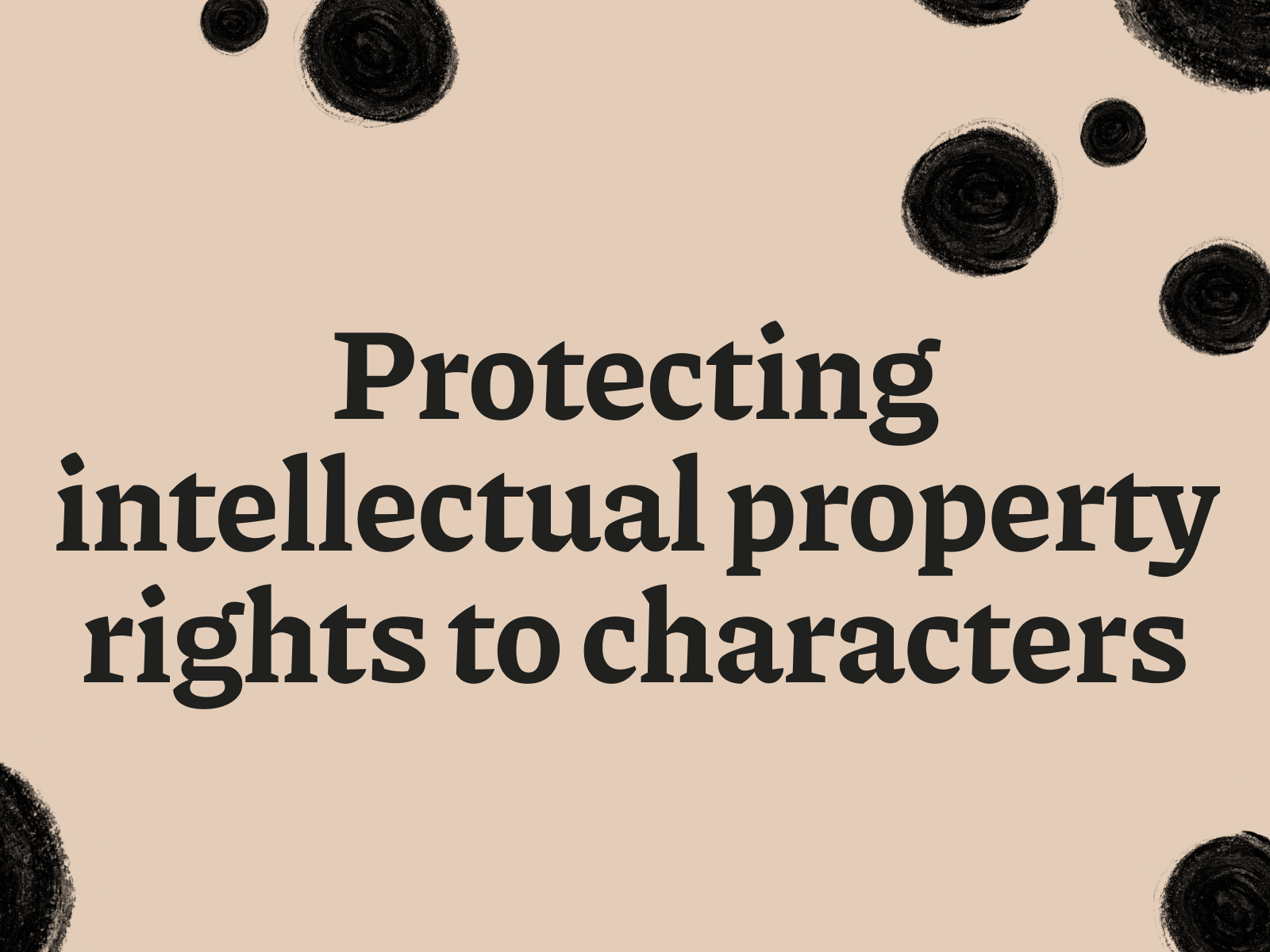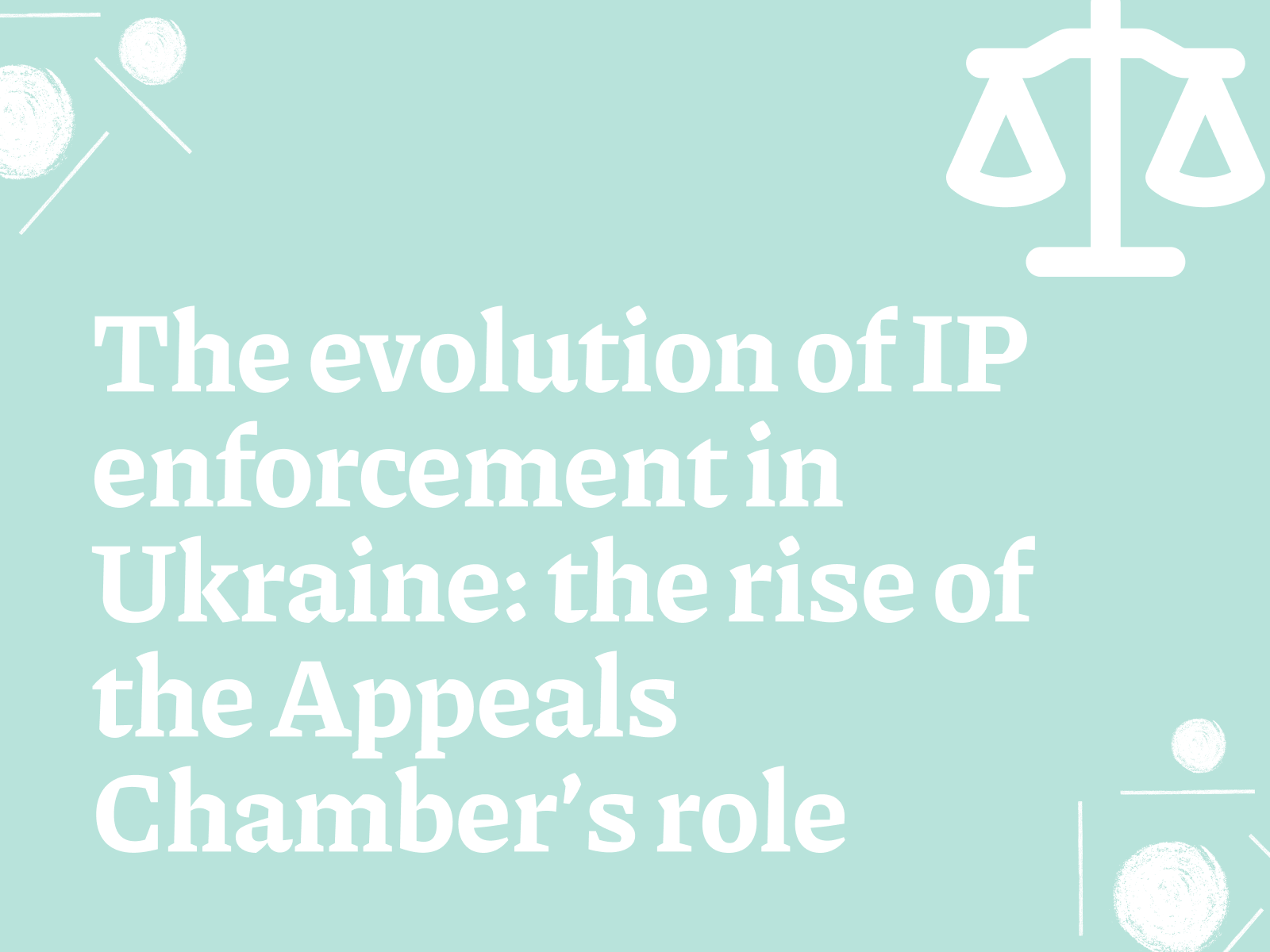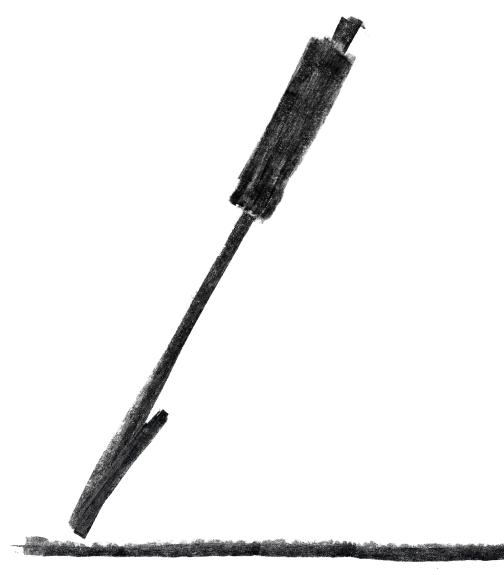In the business world, your brand is your shield and sword. It’s a distinctive mark by which customers recognise you. It’s part of your business’s identity and an asset that can be of great value. However, there is often confusion about the concepts of “trade mark” and “trade mark patent”. Are they the same thing? How do you protect your brand? Trademark registration is a process that will help to dispel this uncertainty and provide legal protection that will give your brand the strength it needs to succeed in the marketplace.
What is a trademark?
A trade mark is a unique sign, symbol, word, phrase or combination of these that allows consumers to distinguish the goods or services of one business from those of another. Trademarks can cover a variety of elements:
- Brand name: for example, Coca-Cola, Apple, Adidas.
- Logos: Visuals such as the Nike tick or the golden arches of McDonald’s.
- Slogan: short, catchy phrases like Nike’s “Just Do It.”
- Sounds: Specific musical jingles or effects associated with the brand.
- Colours: special colour palettes or combinations associated with the company.
- Packaging design: the unique shape or appearance of a product that helps consumers identify a brand.
- Domain Names: Web addresses that identify a business on the Internet.
Key functions of a trademark:
- Identification: Brands are easily recognisable, so consumers know who they are buying from. They build trust and reputation, which helps businesses attract and retain customers.
- Protection: The registration of a trademark gives its owner the exclusive right to use this mark and protects against unfair competition. It prevents other companies from using similar marks that could create confusion in the market.
- Creating Value: A strong brand becomes a valuable asset for a business. It symbolises a company’s reputation and the quality it represents. Registered trademarks may be allowed to be used by others (licensing), which creates additional revenue streams.
Although the use of a trademark does not require registration, it is registration that provides legal protection. Without registration, proving your trademark rights can be a complicated process. An officially registered trademark gives you the right to use the ® symbol next to your brand, signalling to competitors and consumers that you are serious about protecting your intellectual property.
It is important to understand that trade mark registration is a different process from obtaining a patent. Patents mostly protect inventions and new technical solutions. We will cover this difference in more detail later in this article.
Advantages of trademark registration
Registering a trademark provides entrepreneurs with significant benefits, providing legal protection for their brand to develop and strengthen their business. Here are the key benefits:
- Legal protection: A registered trademark gives you the exclusive right to use it in connection with the goods or services specified in the certificate. This ensures that others cannot use a similar trade mark that could mislead your consumers.
- Competitive advantages: Trademark registration helps you stand out in the market by emphasising the uniqueness of your brand. This is important for attracting customers, building loyalty, and differentiating yourself from competitors.
- It’s easier to enforce your rights: Registered trademarks are protected throughout the country. It is much easier to enforce your rights against infringers if the brand is officially registered. This saves time and money in resolving potential legal conflicts.
- Protection against cybersquatting: Trade mark registration can help protect against unfair online practices such as cybersquatting (registering a domain name identical to your trade mark for profit).
- Licensing and franchising: A trademark can become a source of additional income through licensing – granting others the right to use the mark to sell their own goods or services. Registration is necessary to create an effective and secure basis for such transactions.
The importance of trademark registration for entrepreneurs
For business owners, especially small and medium-sized ones, registering a trademark is an extremely important investment. It demonstrates that you are serious about developing your business and ensuring sustainable growth. A registered trademark protects your most valuable asset – the reputation you have built over years of hard work.
The process of registering a trademark can vary depending on the jurisdiction. In Ukraine, the process involves conducting a special examination and filing an application with the Ukrainian Intellectual Property Institute. It is strongly recommended that you contact a qualified lawyer to provide legal support during this process.
Trademark registration process in Ukraine
Obtaining legal protection for your trademark in Ukraine is done by filing an application with the Ukrainian Intellectual Property Institute. Here is an overview of the main stages of this process:
- Trade mark verification: Before filing an application, it is important to conduct a thorough check of the proposed trade mark. This helps to identify possible similarities with already registered trademarks and assess the risks of refusal of registration. To conduct a trademark check, an online database is available on the Ukrpatent website. Trademark search can be performed using the online database on the Ukrpatent website.
- Filing a trademark application: After a successful verification, the next step is to prepare and submit a trademark applicationto the Ukrainian National Office of Intellectual Property and Innovation. The application should contain information about the applicant, a clear image of the trademark and a list of goods and services for which you want to register your mark.
- Formal examination: The Ukrainian National Office of Intellectual Property and Innovations will conduct a formal examination of the application to ensure that it meets all the requirements and is properly executed. In case of any deficiencies, the applicant will be given the opportunity to eliminate them within the established time limit.
- Qualification examination: This more detailed stage involves checking whether the trademark meets the requirements for protectability. The Ukrainian National Office of Intellectual Property and Innovations will assess whether the trade mark meets all legal criteria, for example, whether it is distinctive and not misleading.
- Publication of information about the application: If the application passes the qualification examination, information about it is published in the register of the Ukrainian National Office of Intellectual Property and Innovations.
- Decision-making and issuance of the certificate: After consideration, the Ukrainian National Office of Intellectual Property and Innovations makes a decision on the registration of the trademark. If the decision is positive, you will be issued a certificate confirming your exclusive rights to the trade mark.
Important points:
- Response time: The registration process can take from 18 to 22 months, provided there are no controversial points or objections.
- Registration validity period: the certificate is valid for 10 years with the possibility of further extension.
- Juridical assistance: The registration process can be complicated, especially for those who are not familiar with patent law. Turning to the experienced specialists of Polikarpov Law Firm makes it possible to ensure professional execution of documents and increase the chances of successful registration.
- Who to register a trademark: a trademark must be registered in the name of the business owner. This can be an individual or a legal entity (LLC, PJSC, etc.). If the company is founded by several people, it is important to identify the future owner of the trademark in advance.What actions can be taken in case of infringement of my trademark patent?
Trademarks and patents: what’s the difference?
Although the term “patenting a trademark” may be commonly used, it is technically incorrect. Trademarks are registered, not patented. Patents provide protection for innovative technical solutions. Here is a brief overview of the key differences:
- Trade marks protect signs (brands) that identify goods or services. Their purpose is to differentiate a business in the market and protect it from unfair competition. Examples of trademarks include company names, logos and slogans.
- Patents protect inventions, technical solutions, products, or processes. They provide exclusive control over the manufacture and use of an invention for a limited time. Examples of patented objects include medicines, new types of engines, and unique technological processes.
Trademarks and patents serve different purposes and can be used simultaneously. For example, a company can protect the name of a product with a trademark and an innovative manufacturing process with a patent.
If you run a business, it’s important to understand the role of intellectual property in the development and protection of your company. Here are some practical tips on how to work with a trademark:
- Early registration: the earlier you apply for a trademark registration, the better to protect your brand, especially in dynamic market conditions.
- Regular monitoring: monitor the use of similar trademarks on the Internet and in the market to detect potential violations in a timely manner.
- Legal Advice: Consult a qualified intellectual property lawyer to ensure comprehensive protection of your trademark. The importance of professional advice in complex legal matters should not be overlooked.
- Consistent Use: Use your brand consistently and prominently on products, website and marketing materials to help create and maintain your unique image.
Conclusion
In today’s competitive environment, a trade mark is one of the most valuable assets for any business.Understanding where and how to register a trade mark is essential for entrepreneurs looking to protect their brand. By registering your trademark, you give your brand legal protection that differentiates you from your competitors, strengthens your reputation and creates long-term value. Moreover, it demonstrates that you are serious about developing your business, which increases the level of trust of consumers and investors.
Understanding the process of trademark registration, as well as the differences between them and patents, are key steps for entrepreneurs and business owners. Don’t miss the opportunity to protect your brand by contacting an intellectual property lawyer today, as it is a significant investment in the future success and growth of your company.
Remember, your trade mark is your face on the market. Protect it and it will protect you!
How long is a trademark patent valid?
In fact, the term of a trade mark patent is a bit misleading. Patents are generally granted for inventions and provide protection for a limited period of time. In contrast, trademarks can be valid in perpetuity, provided they are continuously used in commercial activities and the registration is properly maintained.
Here is a more detailed explanation:
- Unlike trademarks, patents have a clearly defined and limited term of validity. In Ukraine, a patent for utility models is valid for 10 years, and a patent for an invention is valid for 20 years, provided that annual patent maintenance fees are paid in a timely manner. Upon expiry of this term, the invention or utility model passes into the public domain, and anyone can freely use it without the permission of the previous patent holder.
- Once you have successfully registered a trademark with the Ukrainian Intellectual Property Institute, it will be protected by law for the initial period of time10 years.
- To maintain the legal protection of your trademark beyond the first 10 years, you must file an application for renewal during the last year of this period. This renewal procedure must be repeatedevery next 10 years.
- The key to ensuring the perpetual validity of your trademark is itscontinuous use in commercial activity. The owner must actively use the trademark to identify the same goods and services for which it was registered. If a trademark is not used for a long time, it may be cancelled due to non-use.
If you continue to actively use your trademark and follow the procedures for renewing your trademark registration, you can maintain the protection of your trademark in perpetuity.
Can I use a trademark without a patent?
You can use a trade mark without a patent. Patents and trademarks are different types of intellectual property and serve different purposes:
- Patents: protect new, useful and non-obvious inventions (products, processes, technical solutions). They grant the owner the exclusive right to use the invention for a limited period of time.
- Trademarks: Protect words, phrases, symbols, logos or other signs that distinguish the goods and services of one business from others. They help customers identify the source of goods and services, building trust and brand image.
Examples:
- A company can patent a new type of engine (invention) and at the same time register the company’s name and logo as trademarks (branding)
- A coffee shop can use a unique name and symbol as its trademark, while the technical filling of the coffee machine can be protected by a patent of the coffee machine manufacturer.
Important to note:While a trademark does not directly protect the invention itself, it can be a valuable tool for commercialising and building the reputation of your patented product or service.
What actions can be taken if my trademark patent is infringed?
It is important to clarify here that there is no such thing as “patenting a trade mark”. Trademarksare registered,and inventionsare patented. If your trademark is infringed, here are the steps you can take:
- Collecting evidence
- Gather as much evidence as possible of your trademark infringement. This may include photographs of infringing goods, advertisements, websites, etc.
- Determine how the breach affects your business: reduced sales, brand dilution, negative customer feedback.
- Contact a qualified intellectual property lawyer
- A lawyer will help you assess the strength of your trademark, whether there is an infringement, and develop a defence strategy.
- They can manage all the necessary legal processes.
- Send a cease and desist letter:
- This is an official letter demanding that the infringer immediately cease the illegal use of your trademark.
- Often, a legally sound letter from your lawyer can be sufficient to resolve the situation without further litigation.
- A lawsuit in court
- If the infringer continues to operate, you can file a lawsuit against them.
- In court, you can demand that the use of your trademark be stopped and that damages be paid.
Trademark protection can be a complex process. Consulting a qualified lawyer is the best way to protect your intellectual property rights.
Can I transfer my rights to a trademark patent to another organisation or person?
Yes, you cantransfer your trademark rightsto another organisation or person!
Unlike patents, which are not transferable after their expiration, trademark rights can be transferred in whole or in part to another legal entity or individual. This process is called the assignment of trademark ownership.
Here are the key points about the transfer of trademark rights:
- Transaction formalisation:The transfer of trademark ownership rights must be formalised in a written agreement (contract) between you (the rights holder) and the person or organisation that acquires the rights (the transferee).
- Registration of the assignment:After signing the agreement, you need to submit an application for registration of the assignment to the Ukrainian Institute of Intellectual Property. This officially formalises the transfer of ownership of the trademark.
- Rights holder’s consent:Your consent is required for successful registration of the assignment (if you are the current rights holder).
- Scope of the transfer:You can transfer all of your trademark ownership rights or only part of the rights to use it for certain goods or services.
Recommendations:
- Involvement of a lawyer:Consulting a qualified intellectual property lawyer will help you to properly draft the assignment agreement and ensure compliance with all legal requirements.
Verification of the acquirer: Before concluding a transaction, it is recommended to check the reliability and reputation of the person or organisation to whom you are going to transfer the rights to the trademark.
Can I extend the term of a trademark patent?
Not really. You can’t renew a patent for a trademark, because they are different types of intellectual property.
- Patents: patents protecting inventions have a clearly defined term of validity (in Ukraine, 10 years for utility models and 20 years for inventions) and cannot be extended after its expiry. To protect your invention for a longer period of time, you need to apply for a new patent.
- Trademarks:The validity of a trademark can indeed be extended, but not indefinitely. Every 10 years, you must submit an application for renewal and pay the appropriate fee.
Subject to these procedures and continuous use, a trademark may be protected in perpetuity.








